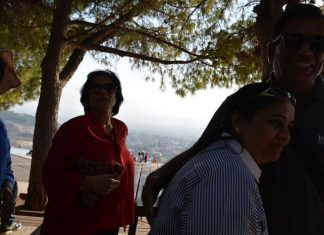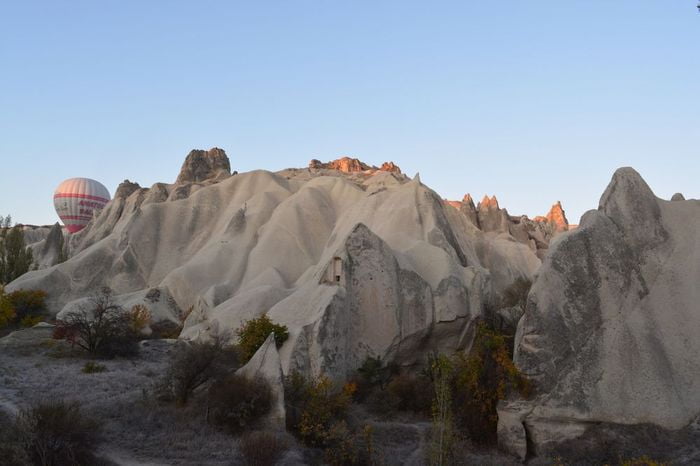Facing the Dogs
With little belief that it would work, but with the quickness of a man in a comic opera, I sat down. Just in case...
A Day in the Bazaar
One day, I walk by the bazaar without going in. The next day, I stroll along with a friend. We pass the store, and...
The Road to Ochrida
The road we traveled was clear and easy to follow. It curved around long hills that had no trees. Goatherds, people living a simple...
KARS CASTLE
Architectural Marvel of 1153
Constructed in 1153 by the Vizier of Saltuk Sultan Malik Izzeddin Salduk Firuz Akay, Kars Castle stands proudly on a steep...
Decoding Tombstone Symbols
Insights into Professions and Stories
Exploring Artistic Narratives on Tombstones
Nautical and Military Tributes
Discovering the profession of the deceased is often possible through elements on tombstones....
Norman West part 31
Taticius quickly snatched up his arms and getting the whole army ready, crossed the Eurus immediately and disposed his regiments in battalions and having...
Norman West part 30
However they did attack the Scythians, and many were killed in the fight and Branas himself fell, mortally wounded. The Domestic fought desperately and...
Norman West part 29
XIV Enough has been said about the Turks. I now intend to relate a second attack on the Roman Empire, more terrible and greater...
Norman West part 28
They embarked in their boats, and intended to sail down the river to the sea. But Elchanes guessing Alexander’s intention took possession beforehand of...














